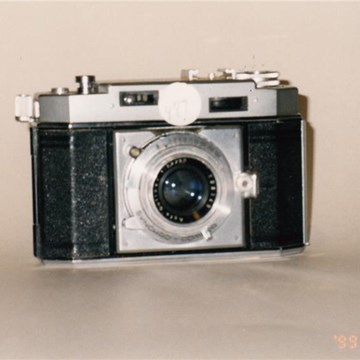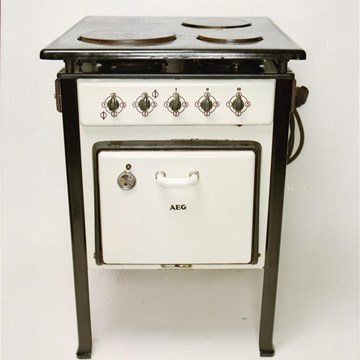The Prince and the Pir: Dervishes and Mysticism in Iran and India
This small display presents works on paper and objects exploring depictions and attributes of Sufi dervishes from the 16th to the 19th centuries.
The relationship between a ruler and his spiritual adviser in the Islamic world has historically been an important one. In the Persian-speaking contexts of Iran and India, a holy man known as a pir or shaykh often provided spiritual guidance. After the 12th century, many of these practised Sufism, a form of Islamic mysticism, whose devotees believe that the best way to know God is through the wisdom of one’s heart. Sufis are known for their renunciation of material things. However, they did not necessarily withdraw from the world, and many were connected to social and political institutions. The negotiation of power and authority between princes and Sufis could sometimes become tense or hostile, but it could also lead to mutually beneficial interactions.
Suitable for
Website
www.britishmuseum.org/whats_on/exhibitions/the_prince_and_the_pir.aspx
Exhibitions and events from this museum

Sutton Hoo and Europe, AD 300–1100
The centuries AD 300–1100 witnessed great change in Europe. The Roman Empire...

Babel, babbling and the British Museum
A gallery talk by Irving Finkel, British Museum. Gallery talks last 45...
Activities from this museum
We don't have anything to show you here.











